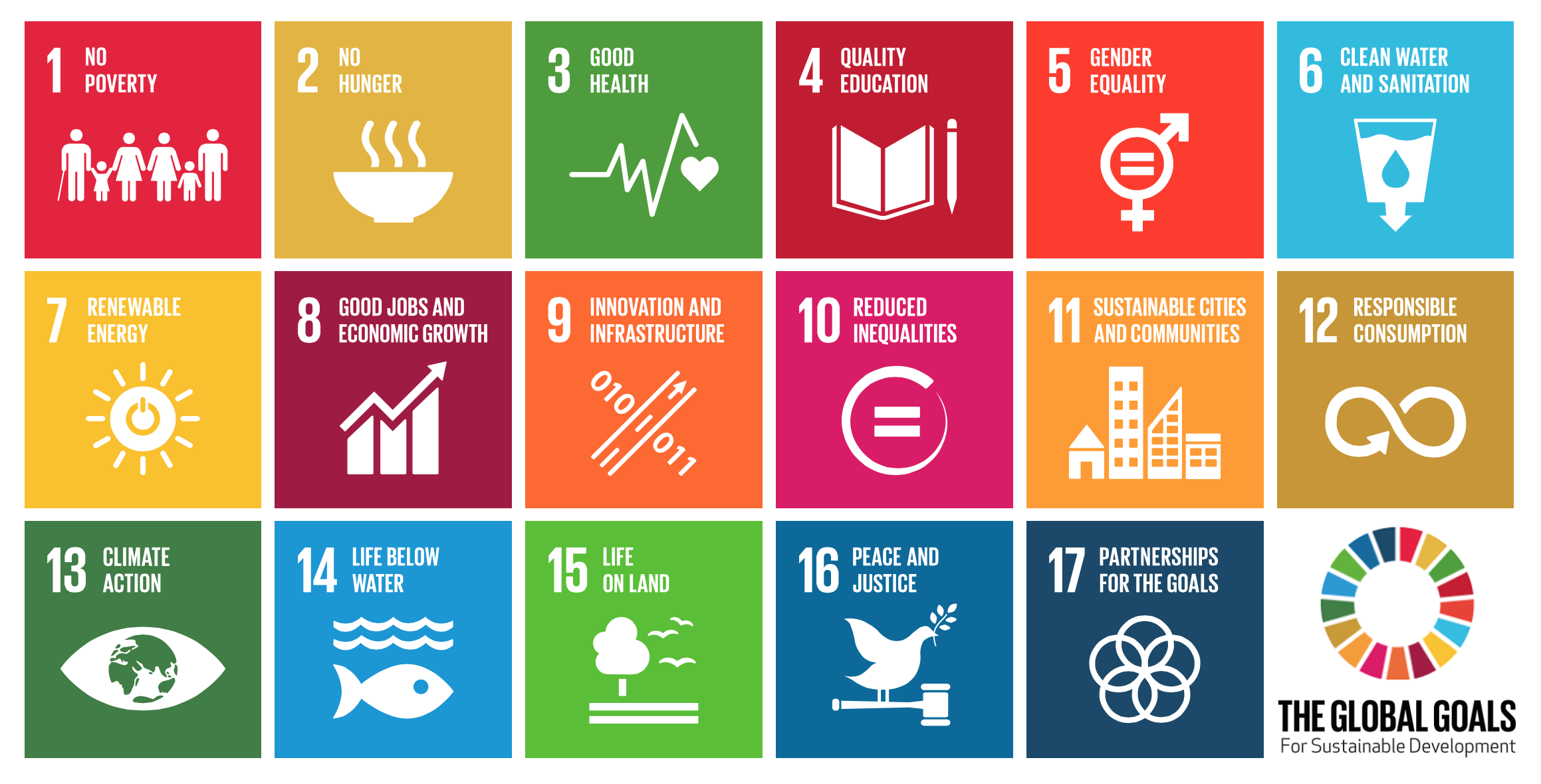Global sustainability & net zero challenges
![]() By 2050, the global population is set to grow by two billion people to be 9.7 billion people. In the same timeframe global climate scientists are agree we need to achieve net zero emissions to offer any chance of restricting global temperature increases to 1.5 degrees.
By 2050, the global population is set to grow by two billion people to be 9.7 billion people. In the same timeframe global climate scientists are agree we need to achieve net zero emissions to offer any chance of restricting global temperature increases to 1.5 degrees.
Humanity is facing massive change over a period of only thirty years.
These pressures are catalysing an urgent need for innovation that can address a growing list of inter-related challenges impacting governments, businesses and individuals everywhere.
These challenges relate to our most basic physiological requirements and are happening just as some of the traditional ways we satisfy these needs are recognised as damaging, becoming less effective or are facing new demand pressures.
These rising resource demands are in turn being driven in part by the digital revolution that has enabled wider access to information, creating rising lifestyle expectations and aspirations.
Examples of the resulting problems include:
- Cities – more than half of the world’s populations live in cities creating growing demands for sustainable infrastructure
- Climate – with 16 of the 17 warmest years on record occurring since 2001 (according to NASA)
- Energy – traditional fossil energy sources are harder to extract and their consumption is damaging air quality and affecting the global climate.
- Food – chemicals used to maintain agricultural productivity are becoming less effective and the demand for food rises
- Health – bacteria once controlled with antibiotics are becoming resistant.
- Water – over 1 billion people lack access to safe drinking water and 2.6 billion lack adequate sanitation
- Biodiversity – global species loss is accelerating with attendant growing risks to vital ecosystems
In parallel the digital revolution is enabling wider access to information and global lifestyle expectations are rising. These challenges cannot be solved without new ways to respond to these inter-related economic, environmental and societal risks and to translate them into innovation opportunities.
The UN Sustainable Development Goals (SDGs)
 In 2015 the General Assembly of the United Nations adopted an agreed set of objectives for tackling these global challenges covering 17 areas. Known as the Sustainable Development Goals, they require both governments and corporations to generate innovative solutions that can have positive impact on the SDGs.
In 2015 the General Assembly of the United Nations adopted an agreed set of objectives for tackling these global challenges covering 17 areas. Known as the Sustainable Development Goals, they require both governments and corporations to generate innovative solutions that can have positive impact on the SDGs.
The market opportunities that will be created by meeting these goals have the potential to deliver business savings & revenue by 2030 worth $12 trillion.
These global challenges are systemic, complex problems with many interdependencies.
As a result successful innovations that address these challenges must harness two other innovation enablers:
- Use of Data and Technology to create new insight and the information needed to enable individuals, businesses and Governments to make Smarter decisions.
- Leverage Collaborations by securing the buy-and commitment of stakeholders interested in each goal. Innovation to meet the goals requires formation of motivated multi-agency and multi-disciplinary teams to accelerate the implementation of sustainable smart solutions.

